The Most Important Motorcycle Equipment for Beginners
Getting into motorcycling is an exciting adventure. One of the most critical aspects for any beginner rider is ensuring they have the right equipment.
Proper gear can significantly reduce the risk of injury in case of an accident. Additionally, it enhances the riding experience by providing comfort and convenience.
Helmets
Motorcycle helmets are the most important gear for the beginners.
Types of Helmets
Full-face helmets provide the most comprehensive protection, covering your entire head and face. This type of helmet is ideal for long rides and high-speed travel, offering the highest level of safety.
Modular helmets, also known as flip-up helmets, are a versatile option, allowing the rider to convert the helmet from a full-face to an open-face configuration. This flexibility is particularly useful in different riding conditions.
Open-face helmets cover the top and sides of your head but leave your face exposed, offering a balance between protection and freedom.
Half helmets provide minimal coverage, protecting only the top of the head. These are often chosen for their lightweight and minimalistic design but offer the least protection.
How to Choose the Right Helmet
A properly fitting helmet should feel snug but not tight, without causing discomfort. Look for helmets with DOT or ECE certification, which indicates they meet rigorous safety standards.
The material of the helmet, usually a combination of fiberglass, polycarbonate, and carbon fiber, plays a significant role in its protective capabilities. Always prioritize protection over style, ensuring your helmet has adequate padding and a secure strap system.
Smart Helmets Are a New Trend
Helmet with built in bluetooth are revolutionizing motorcycle safety and convenience. With built-in Bluetooth connectivity, they eliminate the need for separate communication kits, saving you money.
LIVALL's smart motorcycle helmet allows up to five riders to communicate simultaneously. It features a 1080HD camera that records every moment of your ride.
Safety is a top priority with LIVALL helmets, which include fall detection to monitor for accidents. In case of an emergency, the one-click rescue function immediately sends your location to designated contacts.
Jackets
Motorcycle jackets are designed to protect riders from abrasions, impacts, and weather conditions. However, they can be heavy and less breathable than other materials. Textile jackets, often made from materials like nylon or polyester, are lightweight and typically more affordable.
They offer good protection and are often equipped with waterproof and breathable membranes, making them versatile for various weather conditions. Mesh jackets are designed for hot climates, providing excellent airflow to keep the rider cool while still offering protection from road rash.
When choosing a motorcycle jacket, look for one with CE-rated armor in critical areas such as the shoulders, elbows, and back. This armor helps absorb impacts during a crash, reducing the risk of injury.
Reflective elements are also essential for visibility, especially when riding at night or in low-light conditions. Waterproofing is another crucial feature, ensuring you stay dry and comfortable during unexpected weather changes. Additionally, consider jackets with multiple pockets for convenience and ventilation zippers for adjustable airflow.
Gloves
Gloves are an indispensable part of a rider's gear, offering protection and comfort. In the event of a fall, your hands are often the first to hit the ground, making gloves essential for preventing abrasions and fractures.
They also protect your hands from the elements, such as wind, rain, and cold temperatures, which can affect your control over the bike.
Full-finger gloves offer maximum protection, covering your entire hand and fingers. They are suitable for all-season riding, providing insulation and weather resistance.
Gauntlet gloves extend past the wrist, offering additional protection and often featuring extra padding on the knuckles and palms. These are ideal for high-speed riding and long-distance travel.
Summer gloves are lightweight and breathable, designed to keep your hands cool during hot weather rides. They usually have perforated leather or mesh panels to enhance airflow.
Boots
Motorcycle boots are designed to protect your feet and ankles from injuries while providing a better grip and control on the bike.
Regular shoes might not offer the necessary protection and can easily come off during an accident.
Motorcycle boots are built to withstand the rigors of riding and potential impacts, ensuring your feet remain safe and secure.
When selecting motorcycle boots, look for those with reinforced toes and ankle protection. These features help prevent injuries in the event of a crash.
Non-slip soles are also essential, providing better grip on the footpegs and road surfaces. Waterproofing is a valuable feature for riding in various weather conditions, ensuring your feet stay dry and comfortable. Additionally, consider boots with adequate ventilation for hot weather and insulation for cold rides.
Pants
Pants are typically made from durable materials like leather or textile, designed to withstand the harsh conditions of the road. These pants often come with built-in armor at the knees and hips, providing extra protection in vulnerable areas.
Textile pants, on the other hand, are lighter and often feature waterproof and breathable membranes, making them versatile for various weather conditions. Ensure the pants fit well and provide room for movement while riding. Adjustable waistbands and stretch panels can enhance comfort and flexibility.
Armor
Back protectors shield your spine, reducing the risk of serious injury. Chest protectors guard your torso, protecting vital organs from impacts. Knee and elbow guards are essential for protecting joints from fractures and abrasions.
Properly wearing motorcycle armor is crucial for its effectiveness. Armor should be snug but not restrictive, allowing for comfortable movement while riding. It can be worn under your regular riding gear or integrated into it. Ensure all straps and fastenings are secure, and the armor covers the intended areas without shifting.
Eye Protection
Goggles provide full eye coverage and are typically used with open-face or half helmets. Visors, attached to helmets, protect the eyes and face, offering a wider field of vision. Sunglasses provide basic protection for sunny conditions but are not as comprehensive as goggles or visors.
Wearing eye protection shields your eyes from debris, insects, and wind, enhancing visibility and safety while riding. Clear vision is crucial for safe riding, especially at high speeds or in environments with flying debris.
Eye protection also reduces glare from the sun and headlights, improving your ability to see and react to the road and traffic conditions. By ensuring your eyes are well-protected, you can focus better on riding and navigate more safely.
Communication Systems
Bluetooth headsets are a popular choice, allowing riders to connect with their phones for hands-free communication, navigation, and music. Intercom systems are specifically designed for rider-to-rider or rider-to-passenger communication, enabling seamless conversations without the need to shout or signal.
Having a communication system enhances safety by allowing you to stay connected without distractions.
You can receive navigation instructions or emergency calls without having to pull over. These systems also add convenience by enabling you to enjoy music, take calls, and communicate with fellow riders, enhancing the overall riding experience.
Ear Protection
Long rides can expose riders to high noise levels, which can damage hearing over time. The sound of the wind, engine, and traffic can reach levels that are harmful to your ears, especially on highways. Ear protection helps mitigate this risk, ensuring your hearing remains intact and reducing fatigue caused by constant noise exposure.
There are various types of ear protection available, ranging from simple foam earplugs to custom-fitted earplugs. Foam earplugs are cost-effective and provide adequate noise reduction, but they may be uncomfortable for long-term use.
Custom-fit earplugs are molded to the shape of your ear, offering better comfort and superior noise reduction. Some high-tech options even filter out harmful noise frequencies while allowing you to hear important sounds like sirens or communication systems.
Rain Gear
Riding in the rain can be uncomfortable and dangerous if you're not properly equipped. Proper rain gear is essential for staying dry and maintaining visibility. This includes waterproof jackets, pants, and gloves designed specifically for motorcycling. A full rain suit is ideal for long rides in wet conditions, ensuring you remain dry from head to toe.
Look for rain gear made from breathable, waterproof materials like Gore-Tex or similar fabrics. These materials keep water out while allowing moisture from sweat to escape, keeping you comfortable.
Features like sealed seams, waterproof zippers, and adjustable cuffs can enhance the effectiveness of your rain gear. Additionally, high-visibility colors or reflective elements are beneficial for being seen in poor weather conditions.
Maintenance Tools
Having basic tools can help with on-the-spot repairs and maintenance, ensuring your bike remains in good condition. Carry a multi-tool, tire repair kit, and basic wrenches. These tools can handle common issues like flat tires, loose bolts, and minor adjustments.Regularly check your tire pressure, oil levels, and chain tension. Clean and lubricate your chain to prevent wear and tear.
First Aid Kit
A first aid kit can make a significant difference in emergency situations. It allows you to address minor injuries immediately and manage more serious injuries until professional help arrives.
Include bandages, antiseptic wipes, adhesive tape, pain relievers, and any personal medications. Compact kits are available specifically for motorcyclists, fitting easily into your luggage.
Also, consider adding items like a thermal blanket, scissors, and a CPR mask. Having a well-stocked first aid kit can provide peace of mind and ensure you're prepared for any situation.
Conclusion
Starting your motorcycling journey with the right equipment is essential for safety and enjoyment. Investing in quality gear can protect you from injuries and enhance your overall riding experience.
FAQs
How often should I replace my motorcycle helmet?
It is recommended to replace your motorcycle helmet every 3-5 years, depending on usage and manufacturer guidelines. Replace it immediately if it has been involved in an accident or shows signs of damage.
What features should I look for in a motorcycle helmet?
|Key features to look for in a motorcycle helmet include proper fit, DOT or ECE certification, comfortable padding, good ventilation, a secure strap system, and a clear, scratch-resistant visor.
How do I clean and maintain my motorcycle helmet?
To clean your motorcycle helmet, use mild soap and water for the outer shell. Remove and wash the interior padding according to the manufacturer's instructions. Avoid using harsh chemicals, and always allow the helmet to air dry.





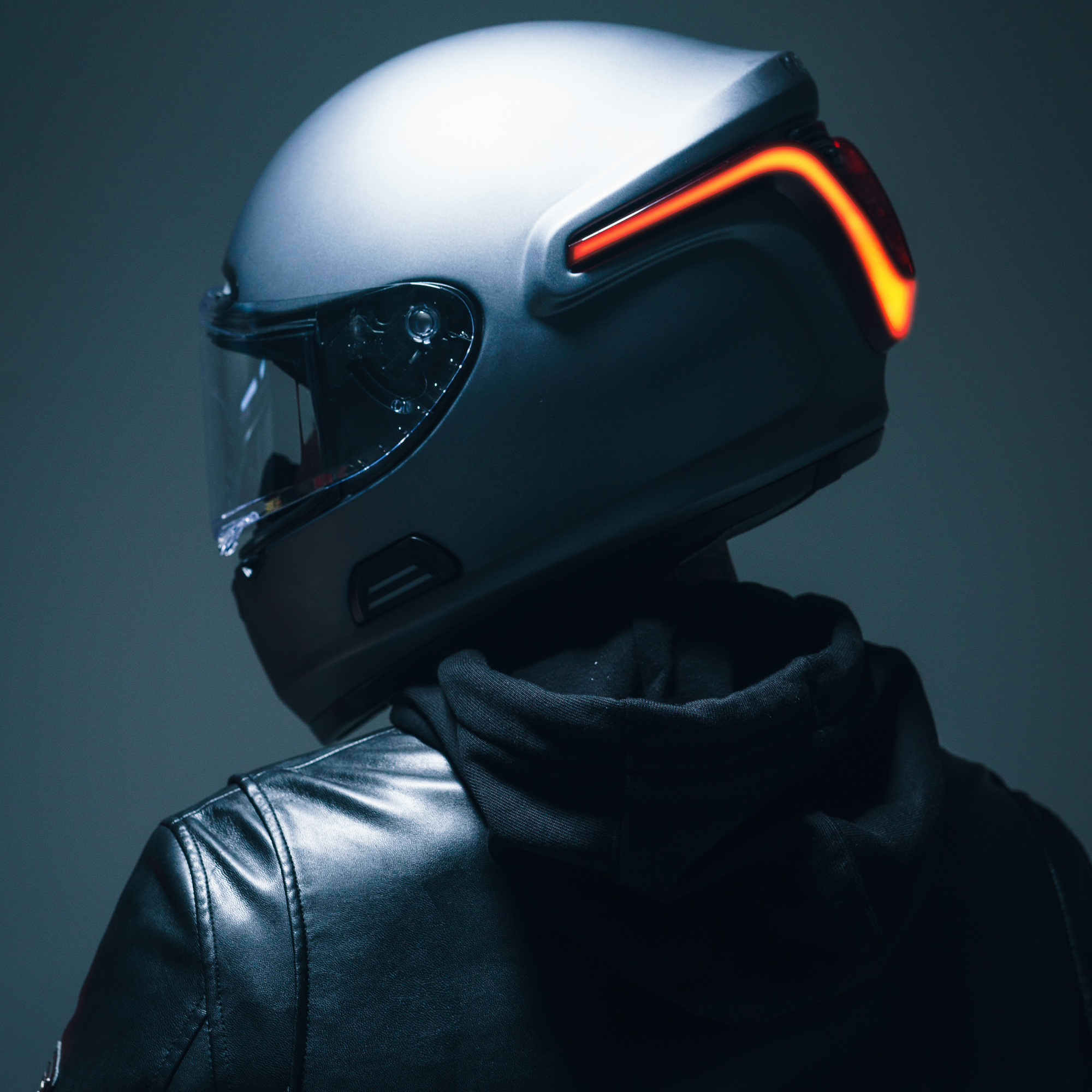

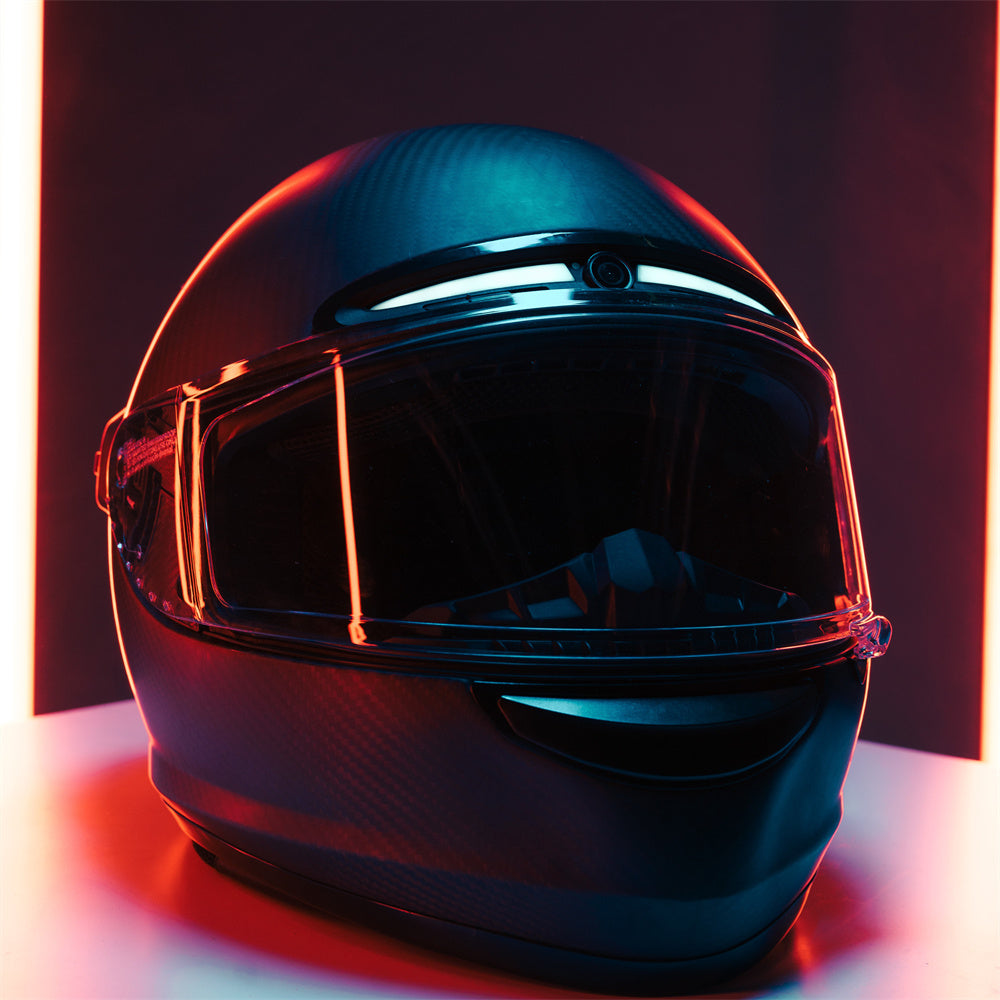
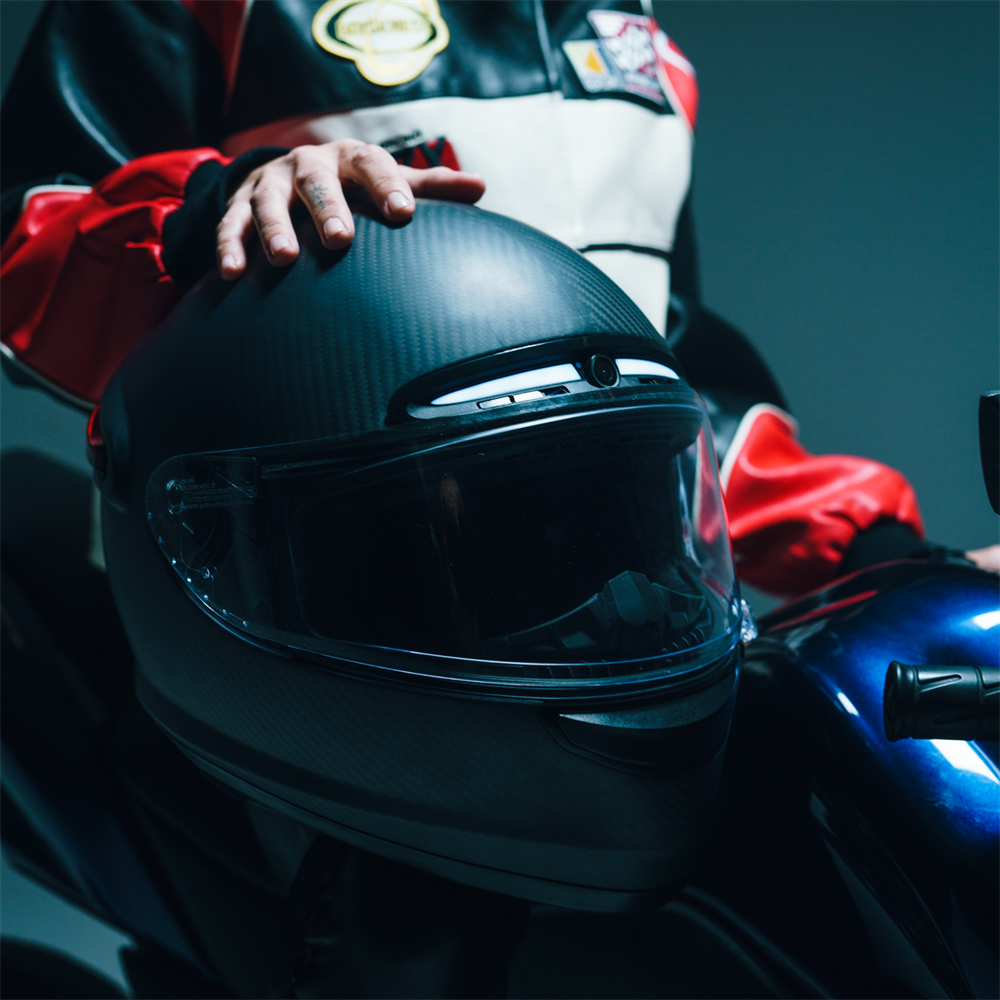
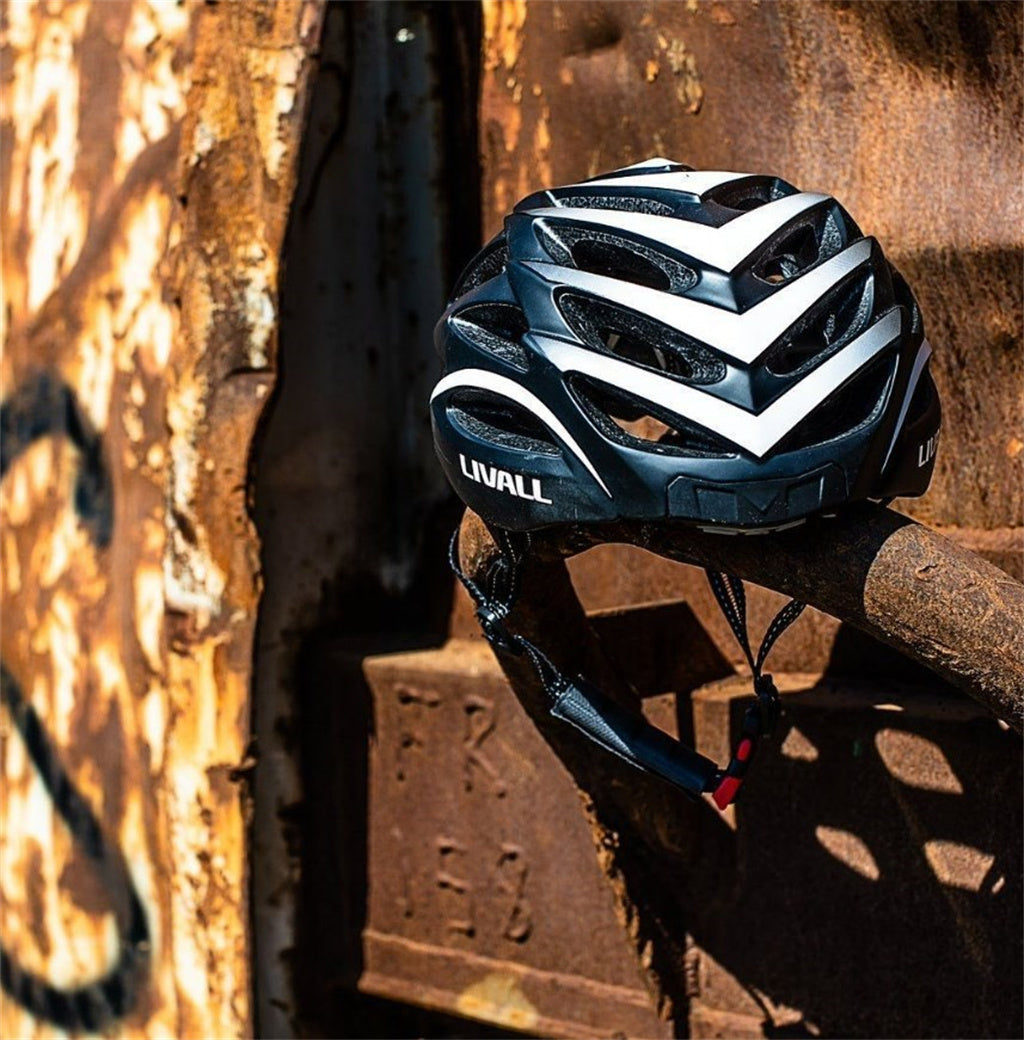
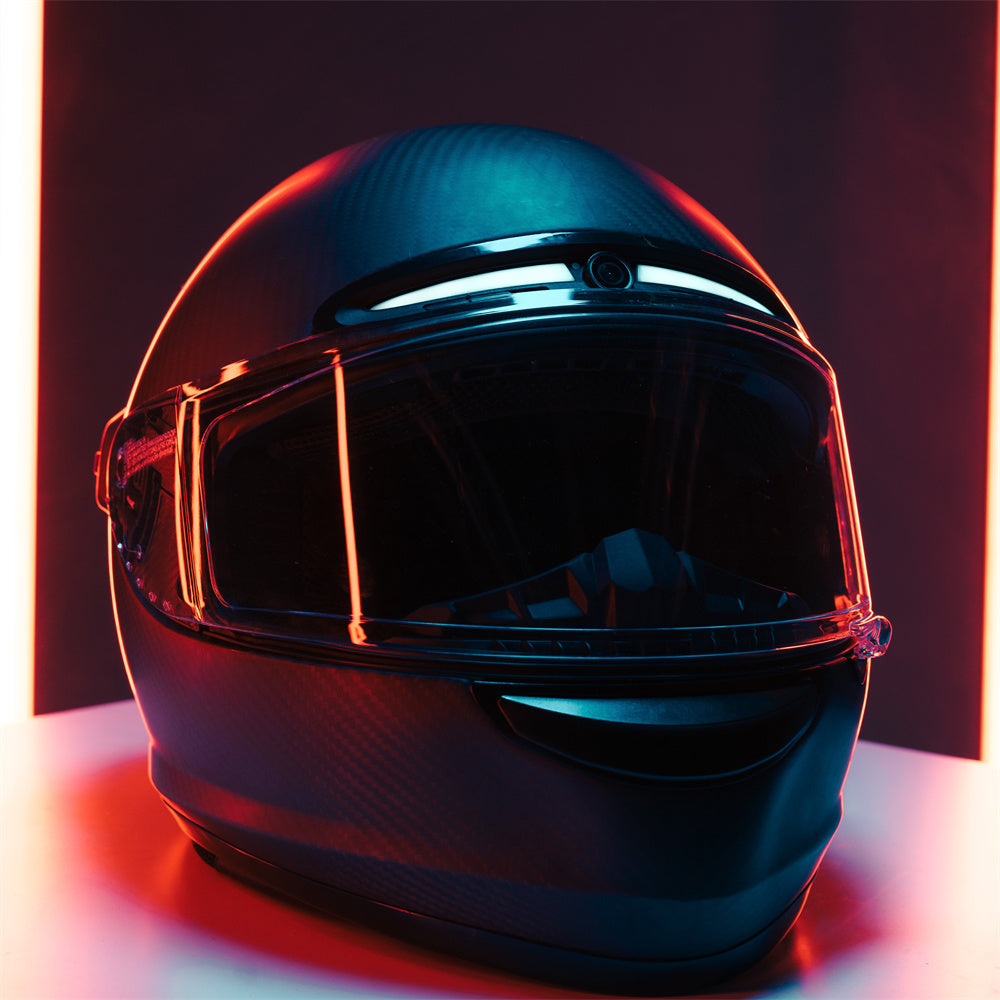
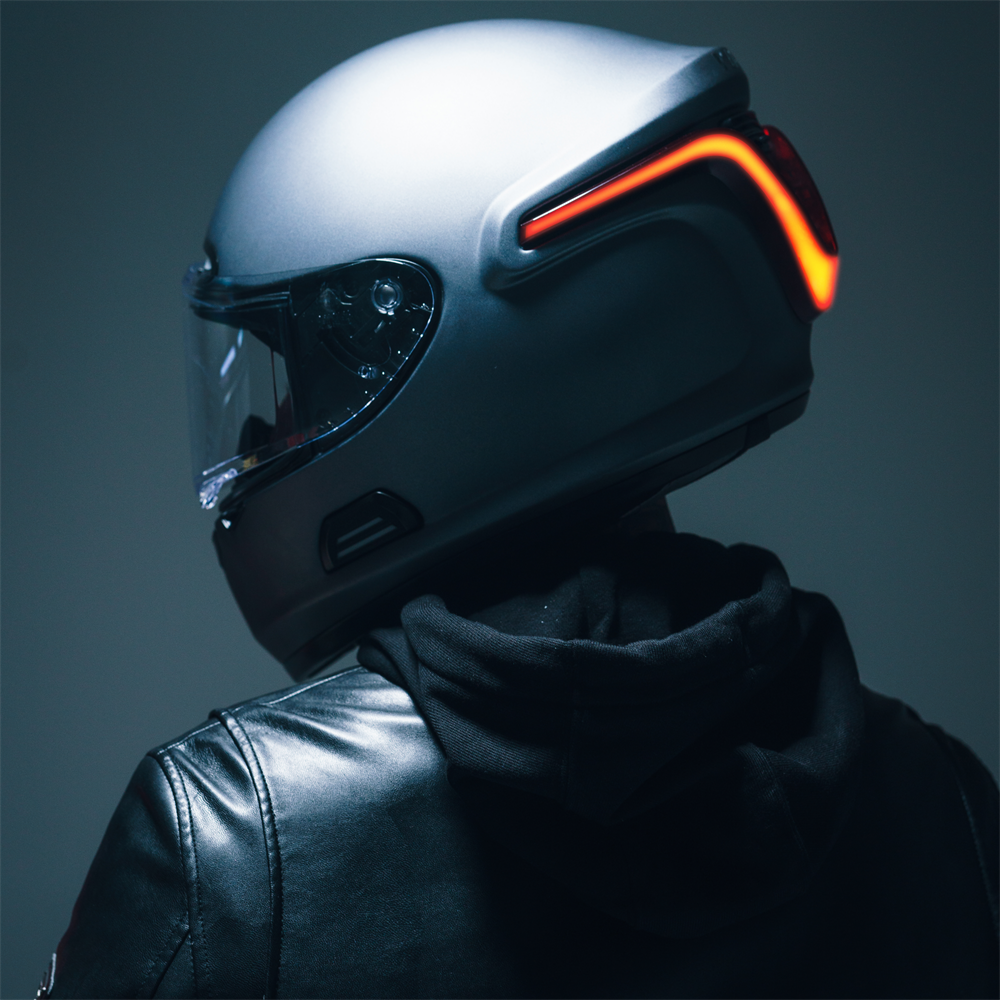
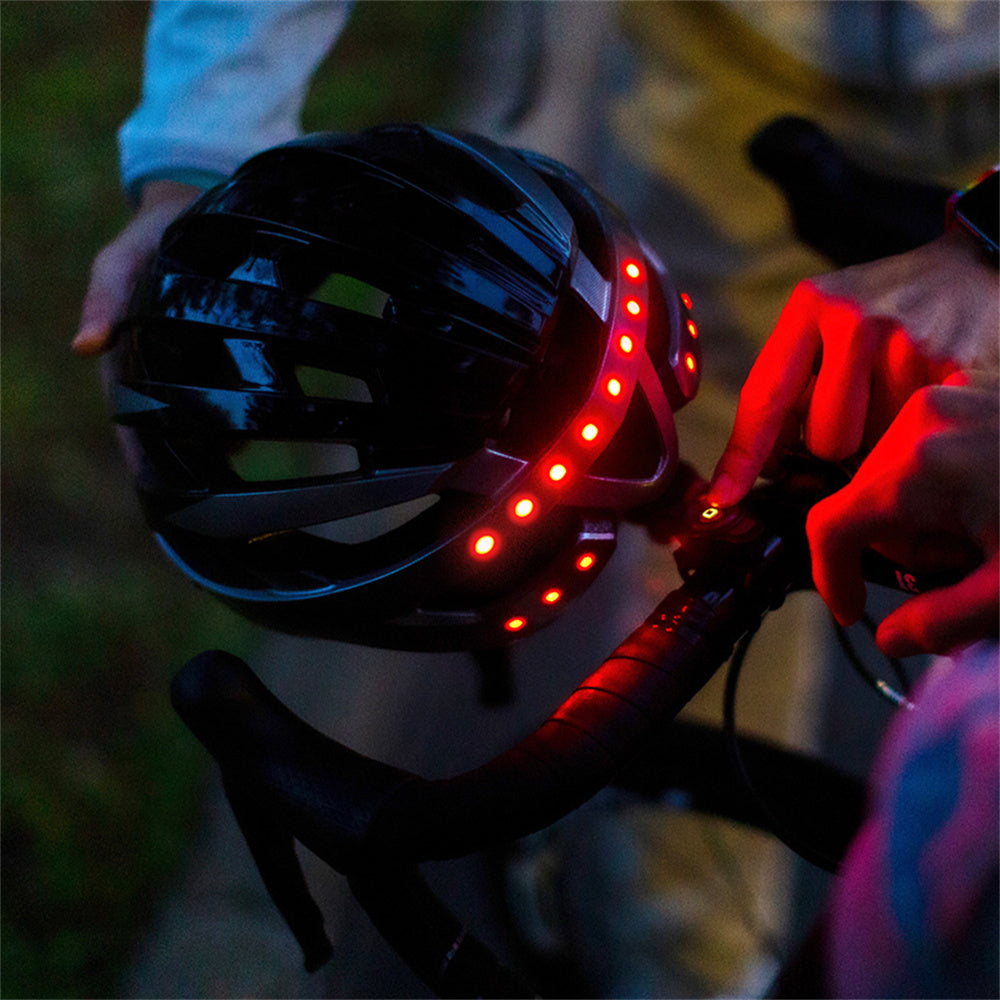

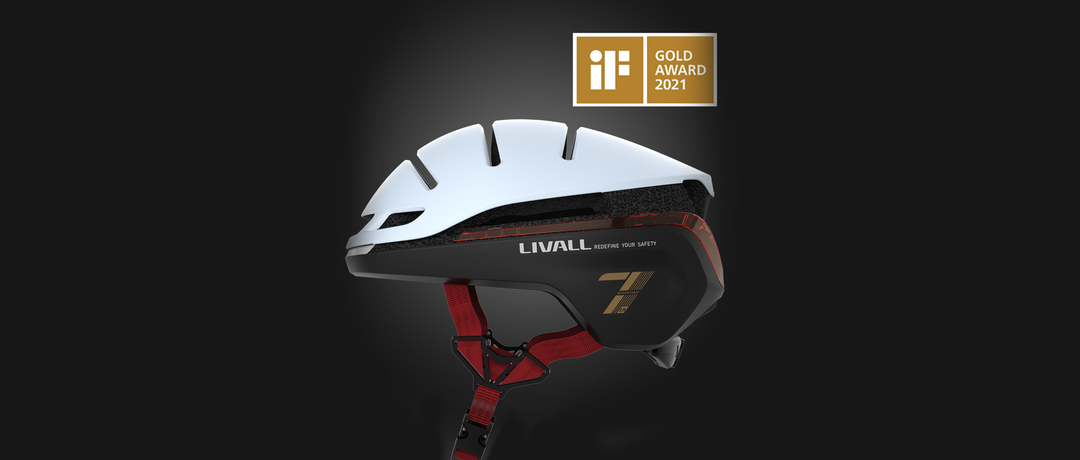

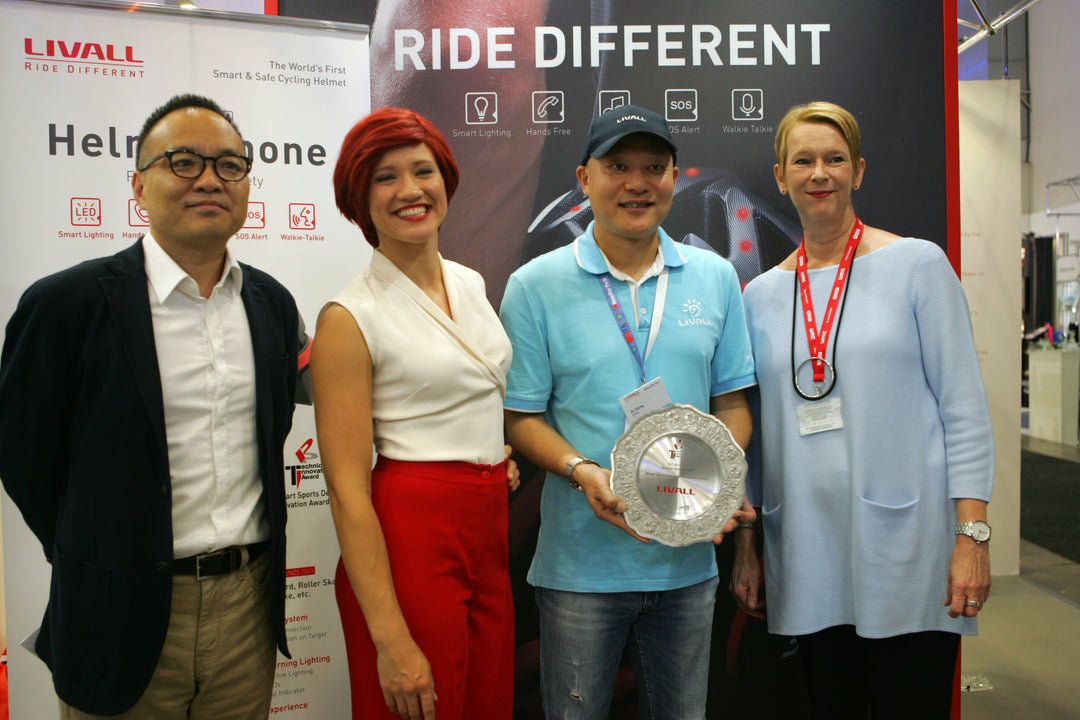

Leave a comment